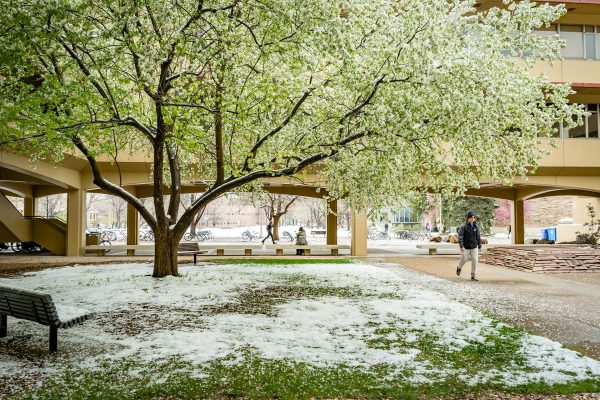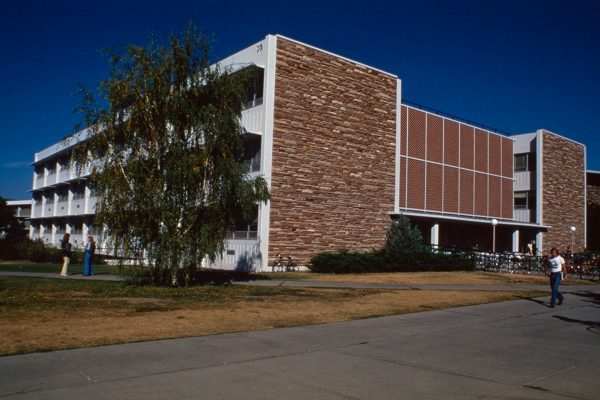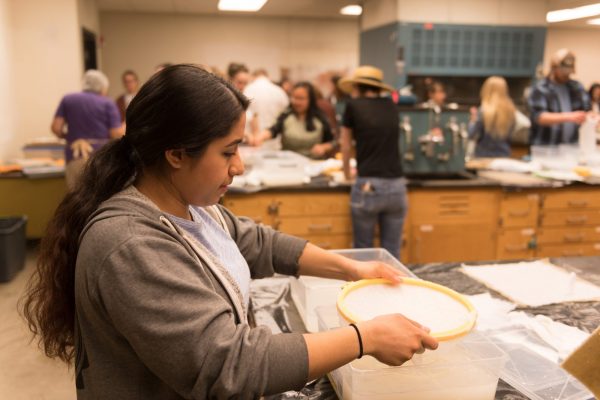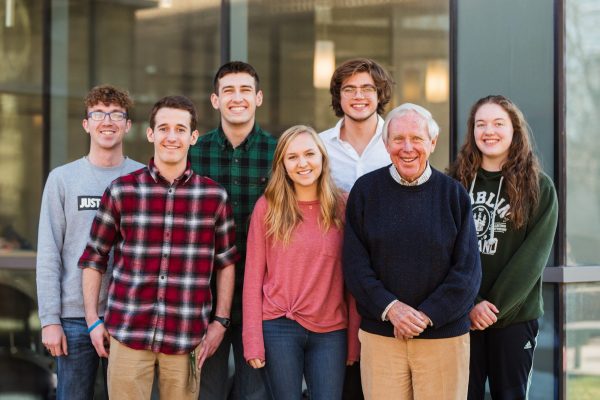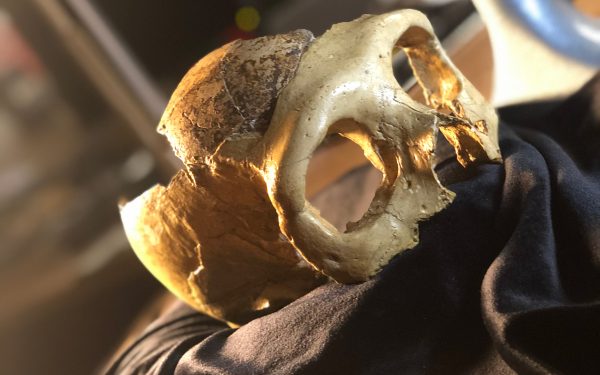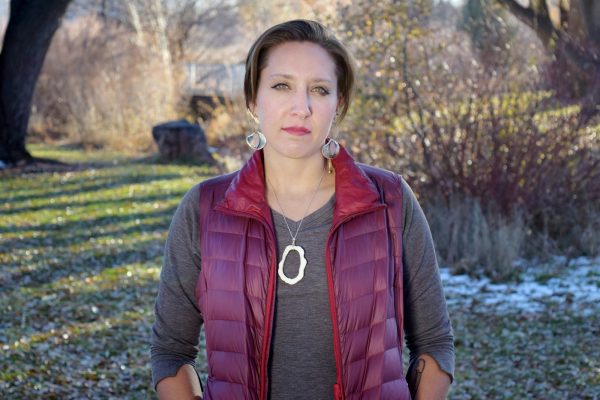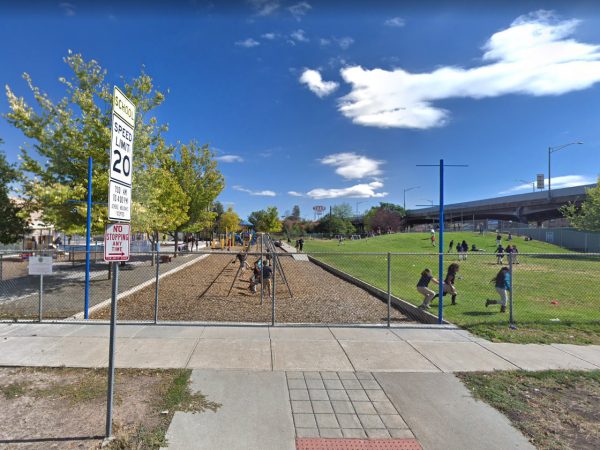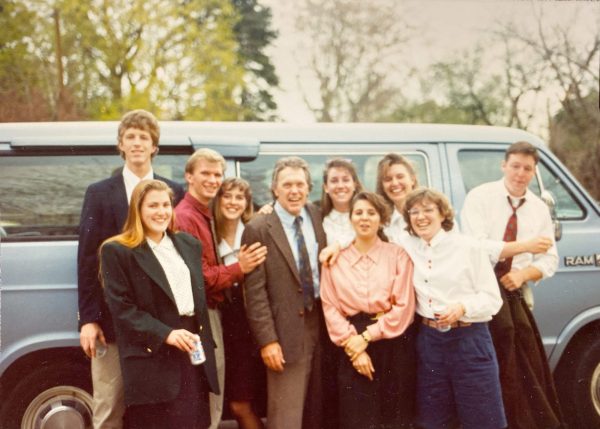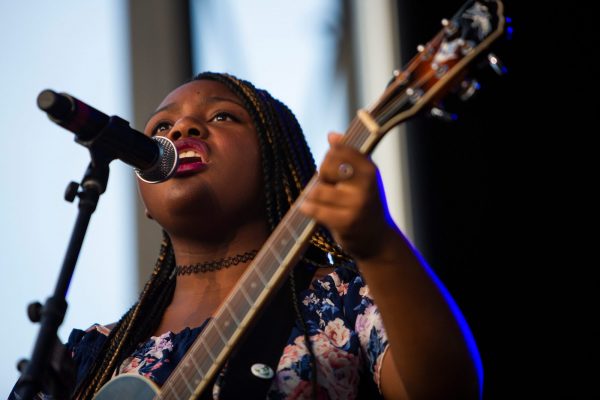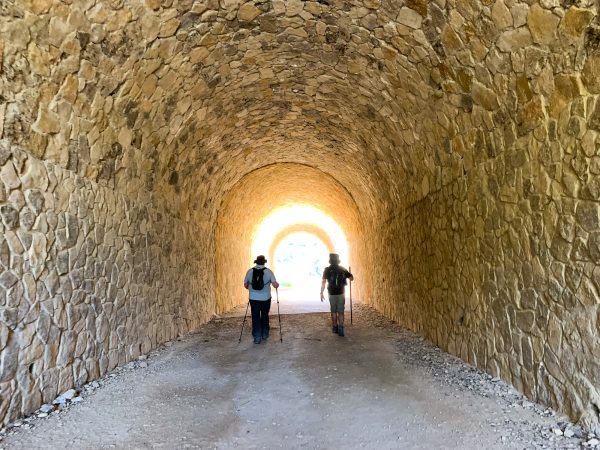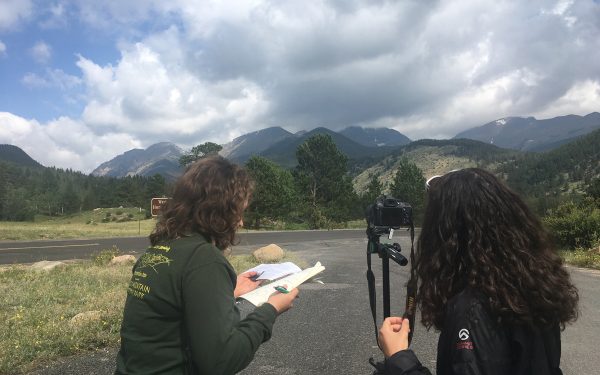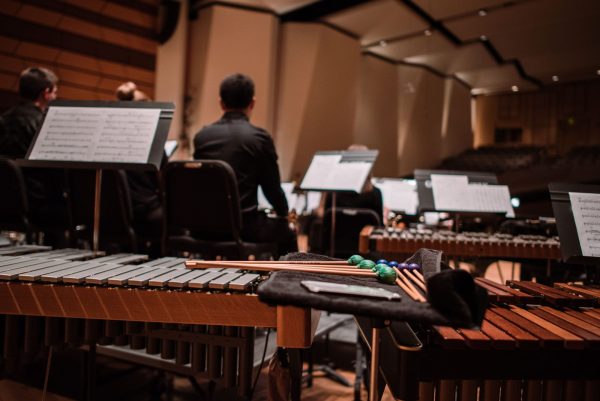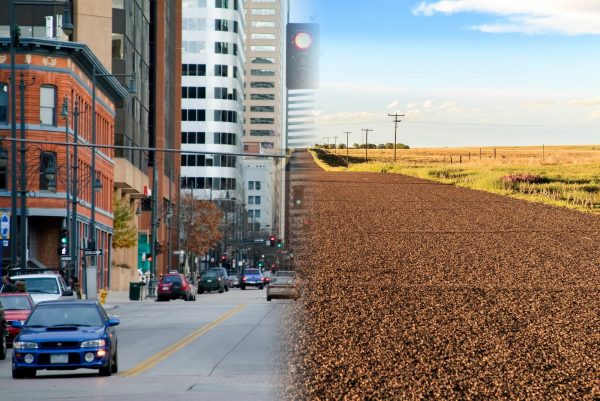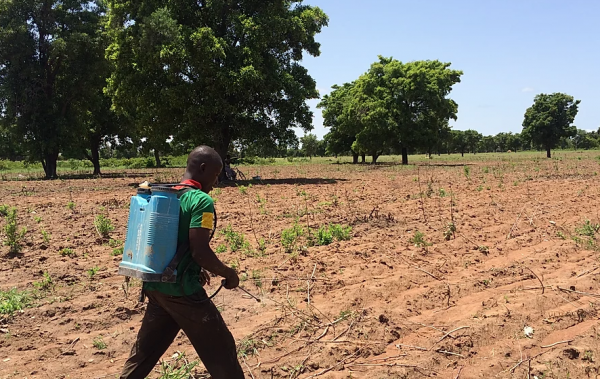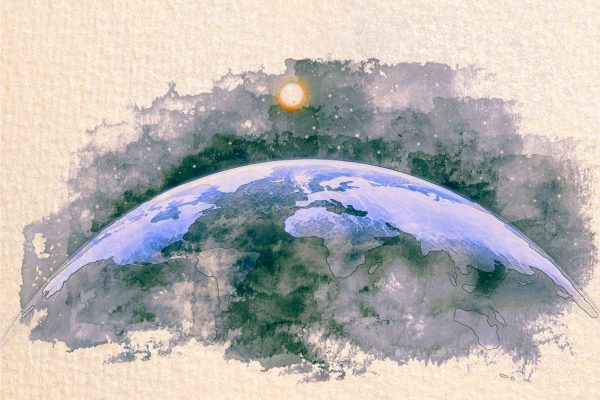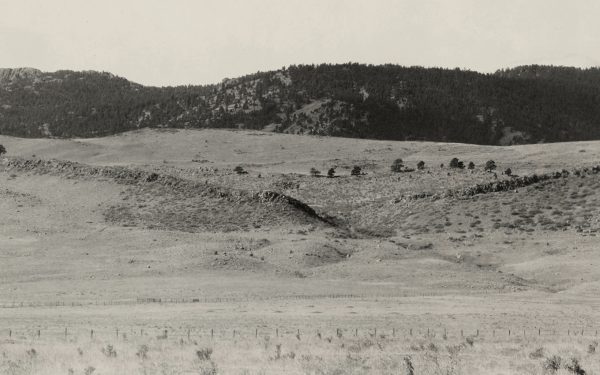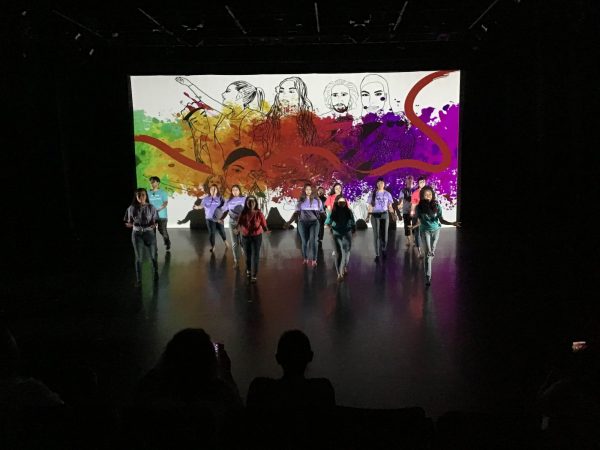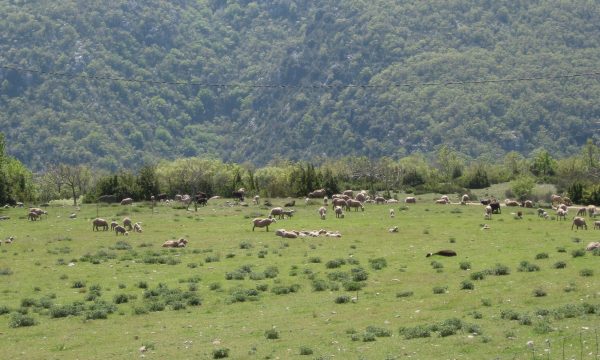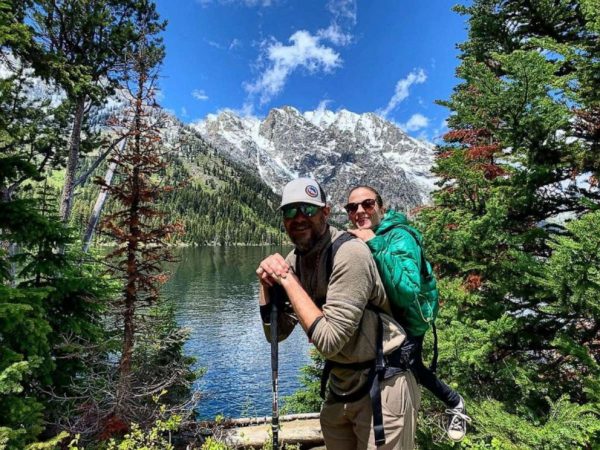Winter 2019/Spring 2020
Lenses of the Liberal Arts: Space and Place
How our disciplines in the arts, humanities, and social sciences help us identify, analyze, and understand our world from a variety of perspectives.
Scroll down to see this issue's featured stories
Lenses of the Liberal Arts: Place and Space
We all inhabit spaces, whether regularly (our homes) or infrequently (a certain coffee shop), but those spaces become places when we attach meaning to them, when we build experiences and memories through them, and when we understand that what we know is based on those places.
Eddy Hall and the Clark Building: from the 1960s to the present, and beyond
What would CSU be without the workhorse of Eddy Hall and massive edifice of the Clark building? Former president Bill Morgan guided the development of the modern campus by focusing on a library and the buildings of the liberal arts starting in 1963. These buildings, which sit in the heart of campus, have undergone some renovations since then.
The visual arts evolution at CSU
The evolution of Colorado State University’s Art and Art History department is tied to the space it is housed in. At first, art classes were held in Old Main and all across campus. But since 1974, the Visual Arts building has housed all disciplines from art history to printmaking to electronic art. The painted cinderblock functions as a blank canvas for students, faculty, and staff to create art and is a place to work, learn, create, collaborate, and grow.
The Liberating Arts: Studying leadership, civic engagement, creativity, and innovation at CSU
Chancellor Emeritus Joe Blake has established the Blake Leadership Scholars Program in the College of Liberal Arts to bring the brightest, most engaged minds to campus to learn with and from our expert faculty.
Cannibalism, Ritual, or both: The Neanderthal debate continues at Krapina Cave
A cave site in hilly, northern Croatia may offer clues about the rituals and sacred spaces of the Neanderthals, an Ice Age human population. Anthropology researchers Mica Glantz, Michael Pante, and Connie Fellman are working to determine whether ritual, survival – or a serving of both – account for one of the world’s largest collection of Neandertal remains.
In Poems: Claiming a culture
In her thesis and poetry debut, Abigail Chabitnoy explores assimilation, acculturation, and a disconnected past with her Alaskan Aleut heritage. This work seeks to redefine history through family, Aleut culture and story to address questions of the relationship of culture, place, and the individual.
The Rhetoric of (Re)development
With the redevelopment of the National Western Center in Denver came the opportunity to research issues of urban growth, rural constriction, and the forces that make, break, and re-create communities. An undergraduate research academy explores these issues by exploring the concept of place and space, diversity, power, and community at I-70 and the Elyria and Swansea neighborhood in Denver.
The Legislative Internship: A Tale of Two Vans, a Tale of Connection
Though CSU’s Legislative Internship program began in 1974, John Straayer took over in 1980, driving one of two 12-passenger vans to the state capital every Tuesday and Thursday. More than 1,100 students have gone through the internship program, each student getting the unique opportunity to work directly with a legislator or lobbyist.
All-ages DIY music venues – a place for incubation
Fort Collins has the spirit of the west and Colorado embedded in its residents. From its origins as a frontier town, to its current status as a city boasting a major university, a thriving music scene, and a cluster of craft brewers, Fort Collins has emerged as a creative city where the arts often catalyze space into place. But one thing yet remains: an all-ages DIY music venue.
Walk and Talk: ‘Camino Abroad’ immerses students in Spain
Languages, Literatures and Cultures
The Camino de Santiago is a popular, centuries-old route in Spain for religious pilgrims. For the past four years, CSU students have taken a four-week journey along the Camino, discovering the historic, linguistic, and cultural offerings that immerse them in a different place and time.
Something You Won’t Find in the Archives
Most of us are looking for the wildlife, admiring the foliage, and navigating trails when we visit Rocky Mountain National Park. But for a group of CSU students in the Parks as Portals to Learning program, they’ve been challenged to look for – and document – the park’s history.
The University Center for the Arts: Honoring the Past, Inspiring the Future
School of Music, Theatre, and Dance
The University Center for the Arts is a historic place of learning and a celebrated artistic venue with museums, dance halls, and performance spaces.
Finding economic connections in the urban/rural divide
Identifying rural solutions to urban needs, and vice versa, has been a big part of Professor Stephan Weiler’s work for decades. With the Regional Economic Development Institute, Weiler and others are examining the many ways to bridge the urban-rural divide. Whether it’s malting barley, charter school supply and demand, or poverty and incarceration, rural and urban communities can learn from and benefit one another and provide opportunities for more people to succeed.
Sowing the seeds of scrutiny: Are GMOs good, bad, or in between?
Debates around the risks and benefits of genetically modified organisms (GMOs) have been going on for decades, yet opinion remains divided. As the second African nation to commercialize GM crops, and the first to involve significant numbers of small-scale farmers, Burkina Faso has become the focus of this debate. Jessie Luna examines the impact and the effects of GMOs as well as how their usage has been portrayed in the media.
The Value of Place and Space: Two philosophers seek a moral dimension to our current views
Katie McShane is an ethicist; Idris Hamid is a metaphysician. She studies a love of place; he investigates dimensions of space. She tackles environmental policy discourse; he’s enveloped in Islamic cosmology. Although these thinkers come from different worlds personally and philosophically, they do share a common perspective on what’s lacking in modern conceptions of place and space—a sense of value.
The Land Holds Memories
CSU is situated on the historic lands of the Apache, Arapaho, Ute, Cheyenne, and Pueblo. CSU’s 150th anniversary is a cause for celebration and a critical opportunity to reflect upon the dire cost paid by the original people of this place and these lands. A new land acknowledgment recognizes that the founding of the university came at a grave cost and recognizes the original stewards, knowers, and protectors of this place.
Order, Authenticity, and Context Collapse: Life in virtual space
Journalism and Media Communication
The idea that virtual space is a space is much easier to grasp in immersive worlds such as virtual reality (VR), but is that possible when looking at a flat screen with images and text? When you are in a digital conversation with friends or strangers, one-on-one or in a group, supportive or combative, does it feel like a space is holding you all there?
A History of Selfies: Year Two of Social Justice Thru the Arts
The Gregory Allicar Museum of Art | Women's Studies
Colorado high school students have a creative way to explore social justice and life at CSU through the Social Justice Thru the Arts institute. The students explored the theme of “self and community” through a variety of interdisciplinary activities, including poetry, theater of the oppressed, dance, music, creative writing, journaling, talking circles, and mindfulness.
From Nomad’s Land to No Man’s Land: The Historic Transformation of Mediterranean Space and Place
At the beginning of the nineteenth century, the Mediterranean world was a haven for nomads. They lived side-by-side with farmers and played a prominent role in regional agro-pastoral economies. But mobile pastoralism gradually faded from the Mediterranean landscape of Provence, French colonial Algeria, and Ottoman Anatolia. This new book shows the unlikely role of French scientific foresters, whose efforts at conservation had mixed results for Mediterranean forests and spelled ruin for Mediterranean nomads.
College of Liberal Arts Winter 2019/Spring 2020 News
Updates, retirements, alumni spotlights, and award winners from the College of Liberal Arts.

